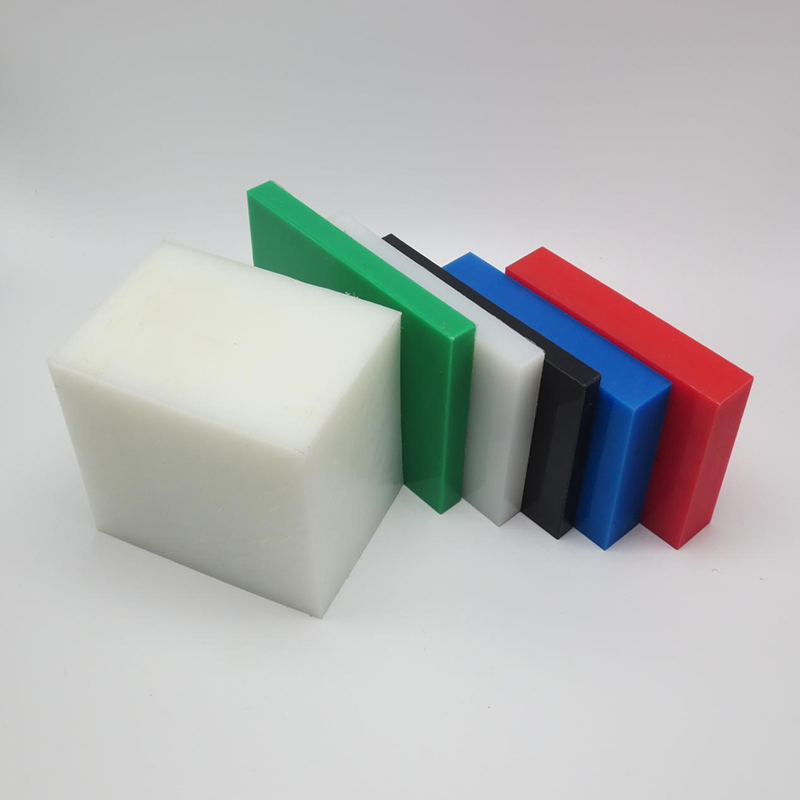Choosing the right plastic for your application can be confusing, particularly if you are new to the industry. we gave a quick overview of the polymers that Impact extrudes, touching on their general characteristics and typical uses.
HDPE is one of the most versatile plastics and is the most widely used polymer for consumer products. Below are some important facts about HDPE plastic:
HDPE is a semi-crystalline polymer: An important distinction between different thermoplastic polymers is amorphous vs. semi-crystalline. HDPE is a semi-crystalline polymer which means that the plastic exhibits organized and tightly packed molecular chains. The areas of crystallinity are called spherulites and can vary in shape and size with amorphous areas existing between the crystalline areas. The degree of crystallinity affects many characteristics of the polymer. In the case of HDPE, this results in greater density and greater strength.
HDPE is lightweight and strong: As noted above, the high crystallinity of HDPE results in a stronger product with a higher density. Despite the increased density compared to it’s PE counterparts, HDPE still maintains a lower density than many other polymers, with only polypropylene and grades of Low Density PE coming in lower on the charts. However, despite this low density and light weight, HDPE is very strong and has excellent impact strength. Because of the excellent strength to weight ratio, HDPE is a suitable material for inter-material replacement of heavier materials, resulting in less solid waste by weight and a more sustainable solution.
HDPE is versatile: HDPE is one of the most versatile plastics and has may different uses spanning across various industries – from food packaging, to medical packaging, to construction. The typical consumer most likely handles an HDPE bottle or container on an almost-daily basis. This material also comes in many forms, such as Tyvek, which, when paired with rigid HDPE, creates a single recycling stream for the package. In addition, Impact Plastics also carries USP Class VI certified HDPE resins for medical device applications.
HDPE has good chemical resistance: In addition to being an effective moisture barrier HDPE is also an excellent resin of choice for applications that require good chemical resistance. This material provides a good resistance to organic solvents, degreasing agents and electrolytic attack. This material also has good Environmental Stress Crack Resistance (ESCR). Brittle stress cracks or fractures, called environmental stress crack, occurs in some plastics when exposed to surface active wetting agents such as alcohols, soaps, surfactants, or others. The ability of a polymer to resist the environmental stress cracking is called ESCR. Depending on the grade of polyethylene used, this can range from several months for a milk or juice bottle to several decades for an automotive tank or pipe.



